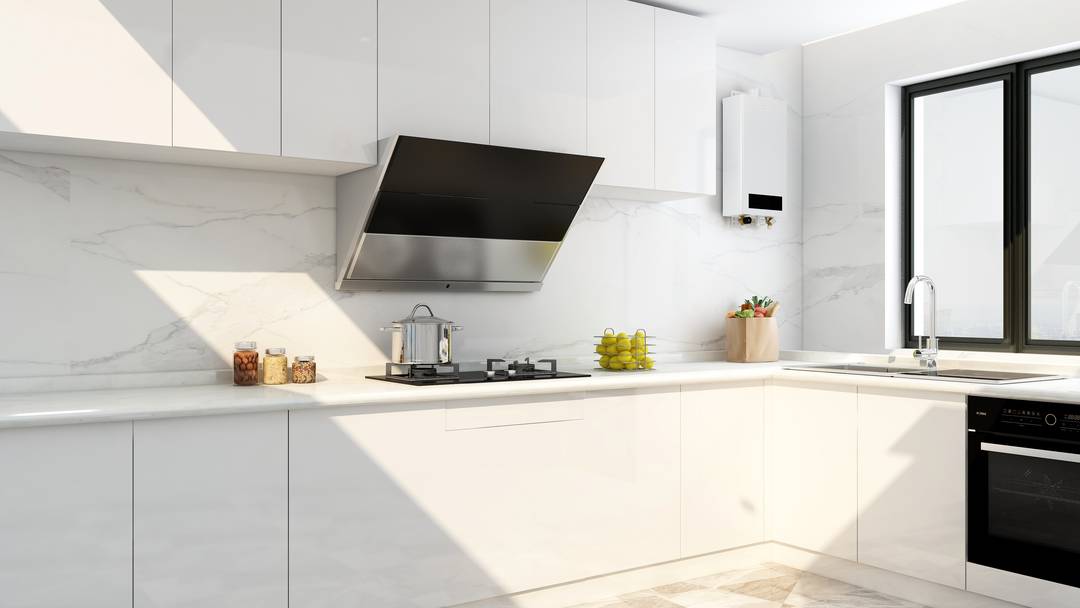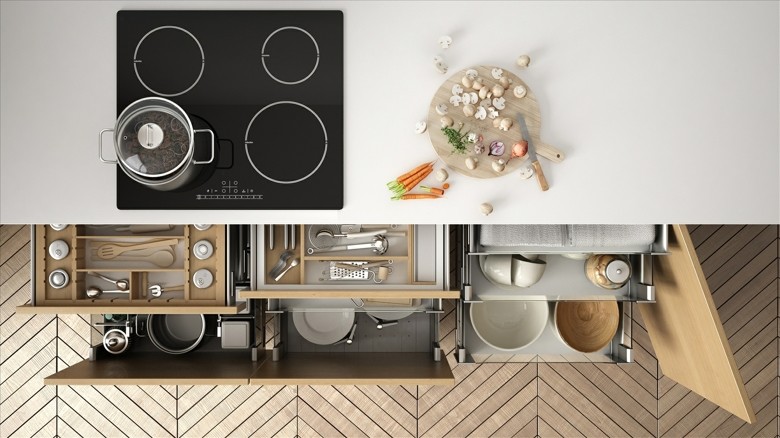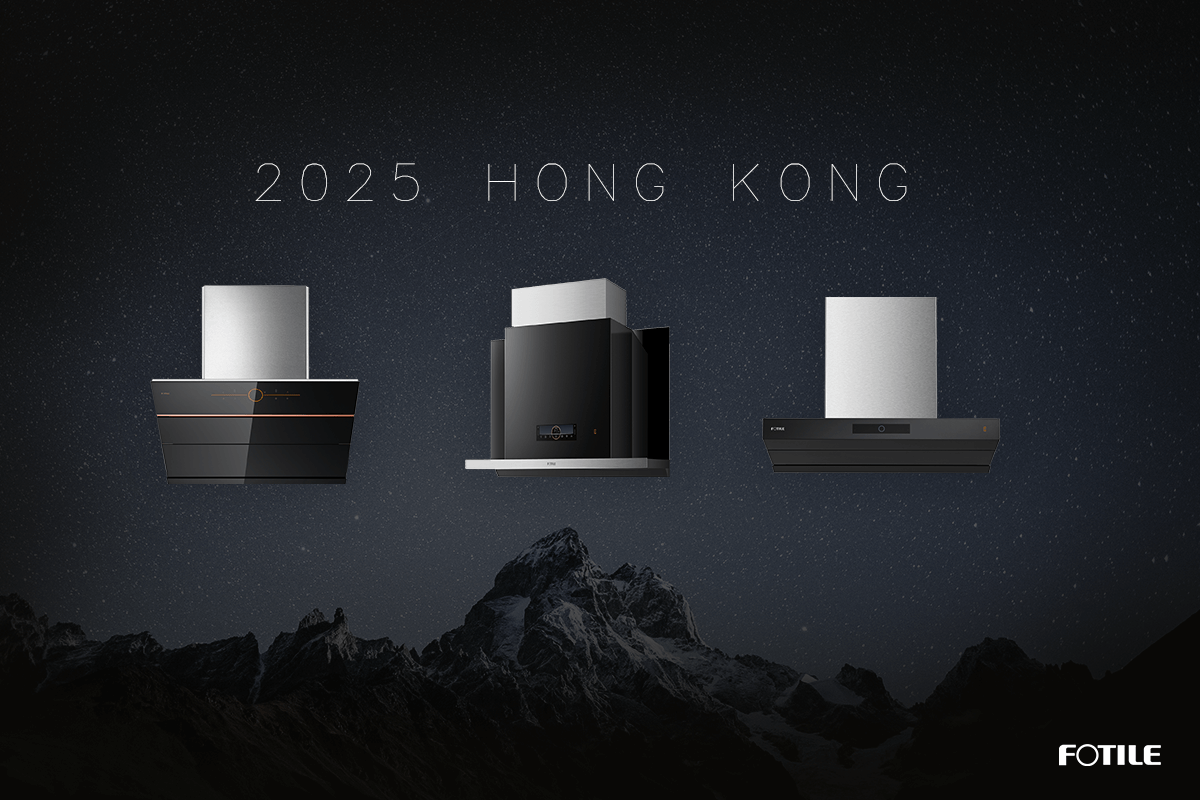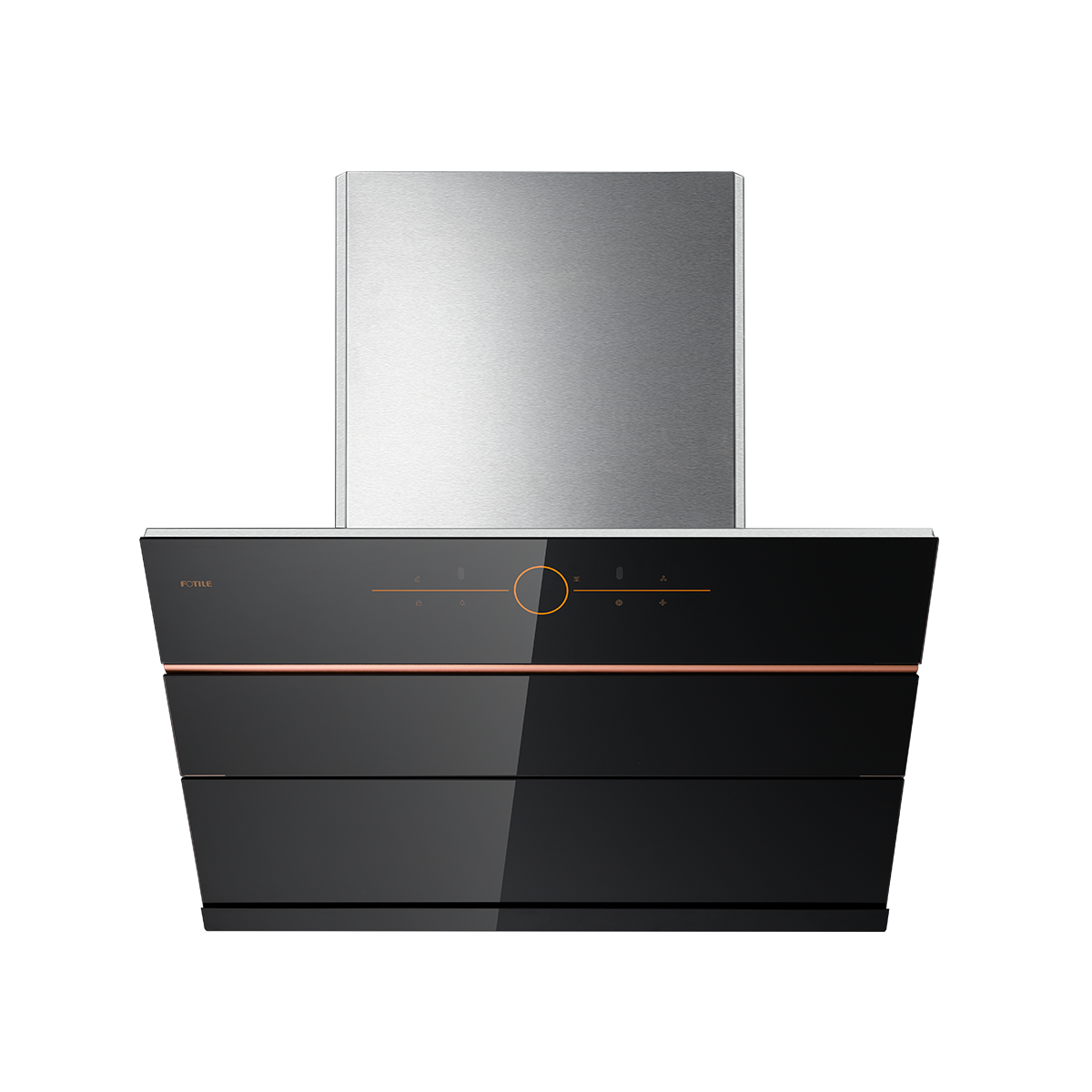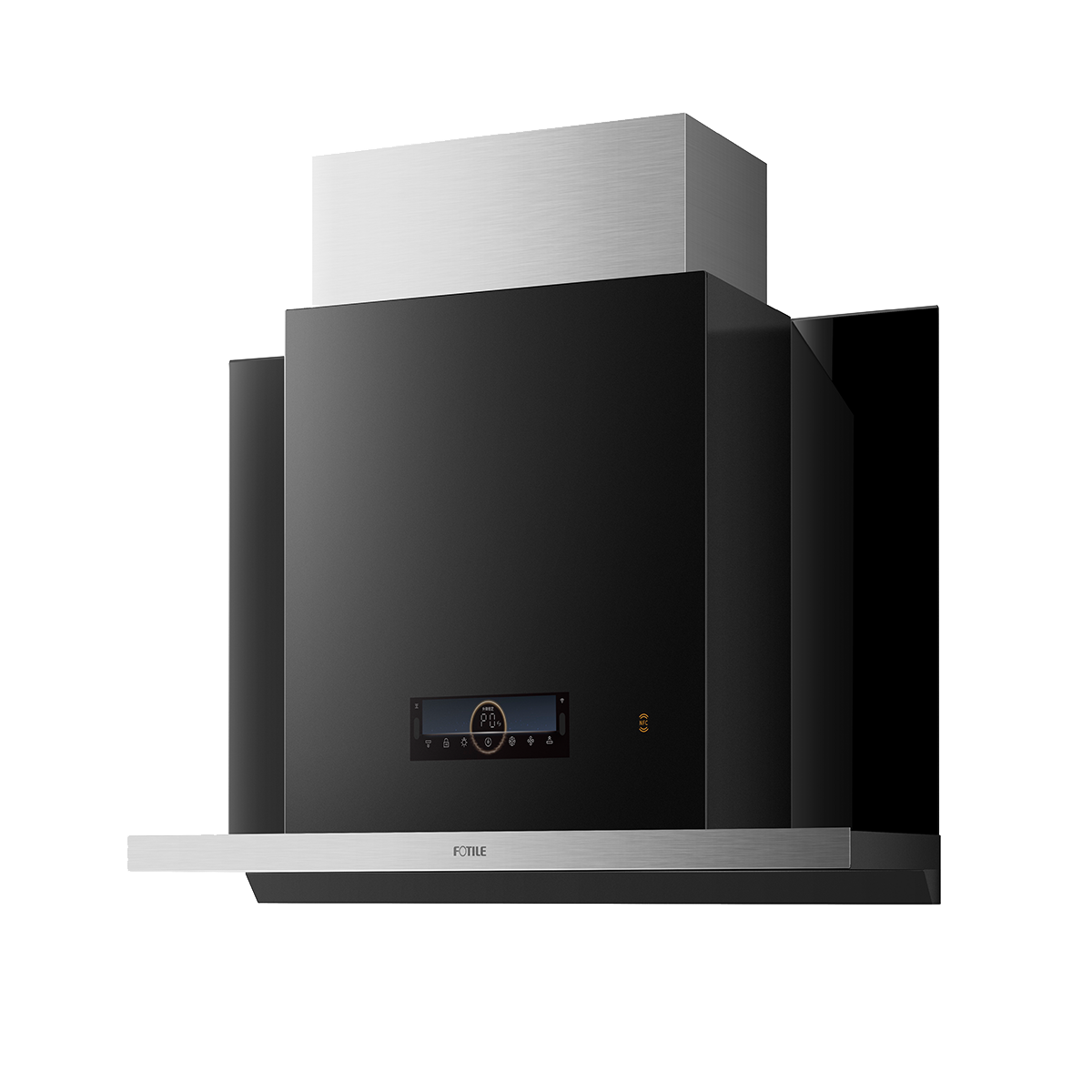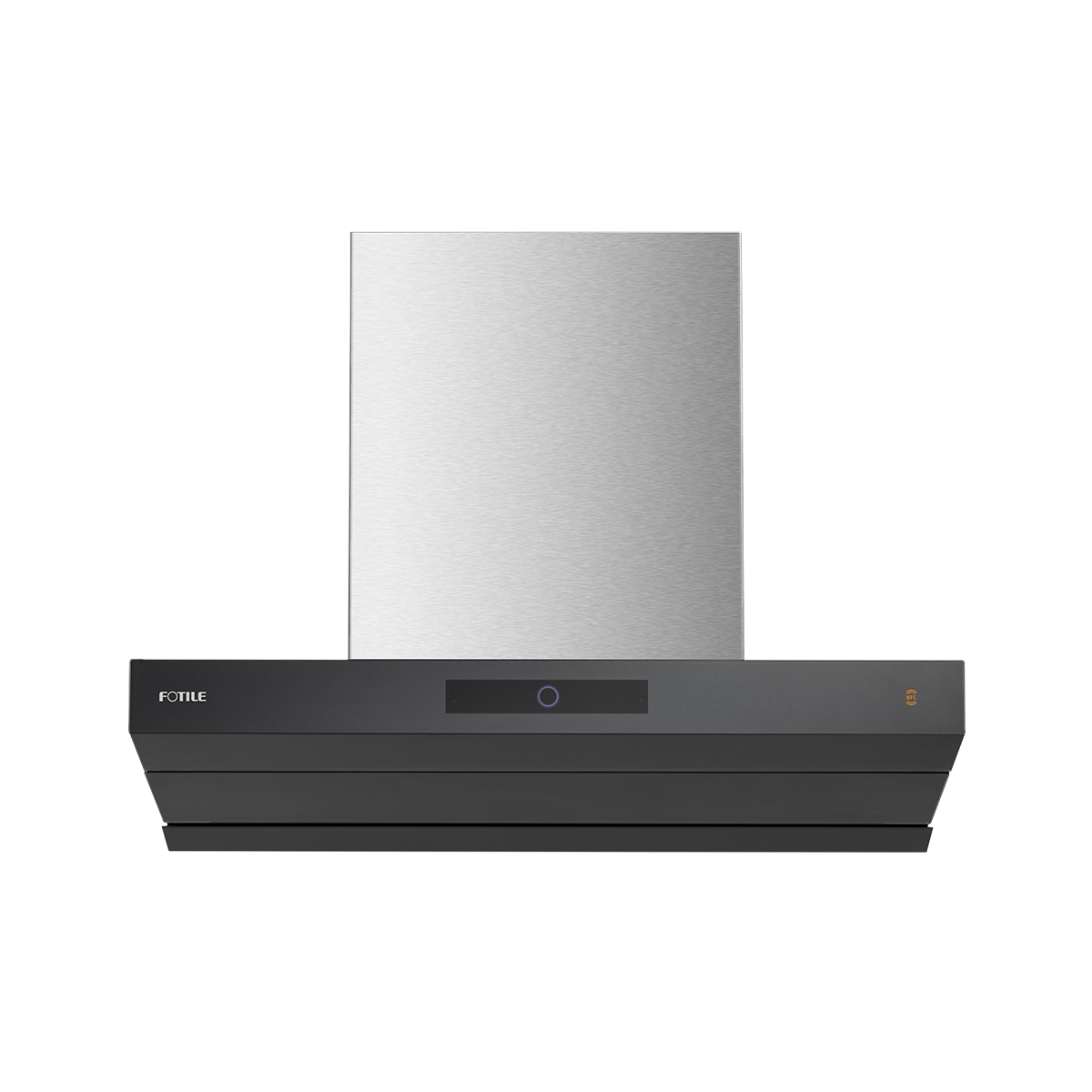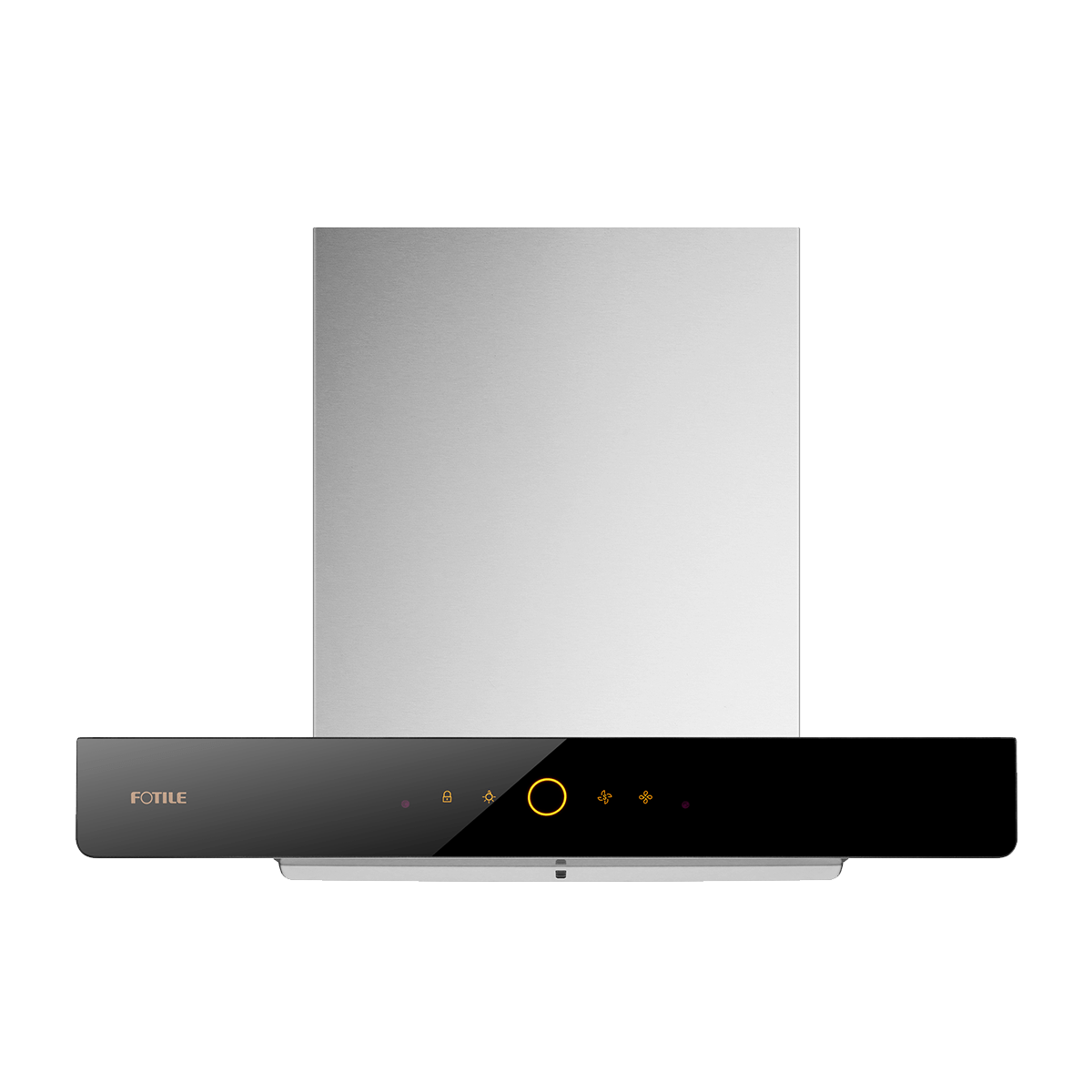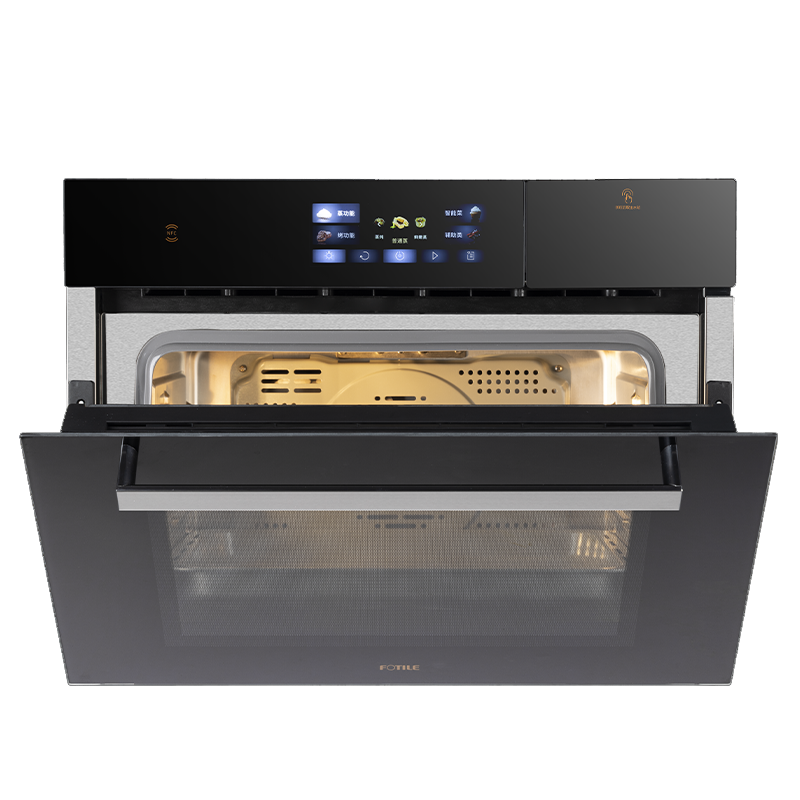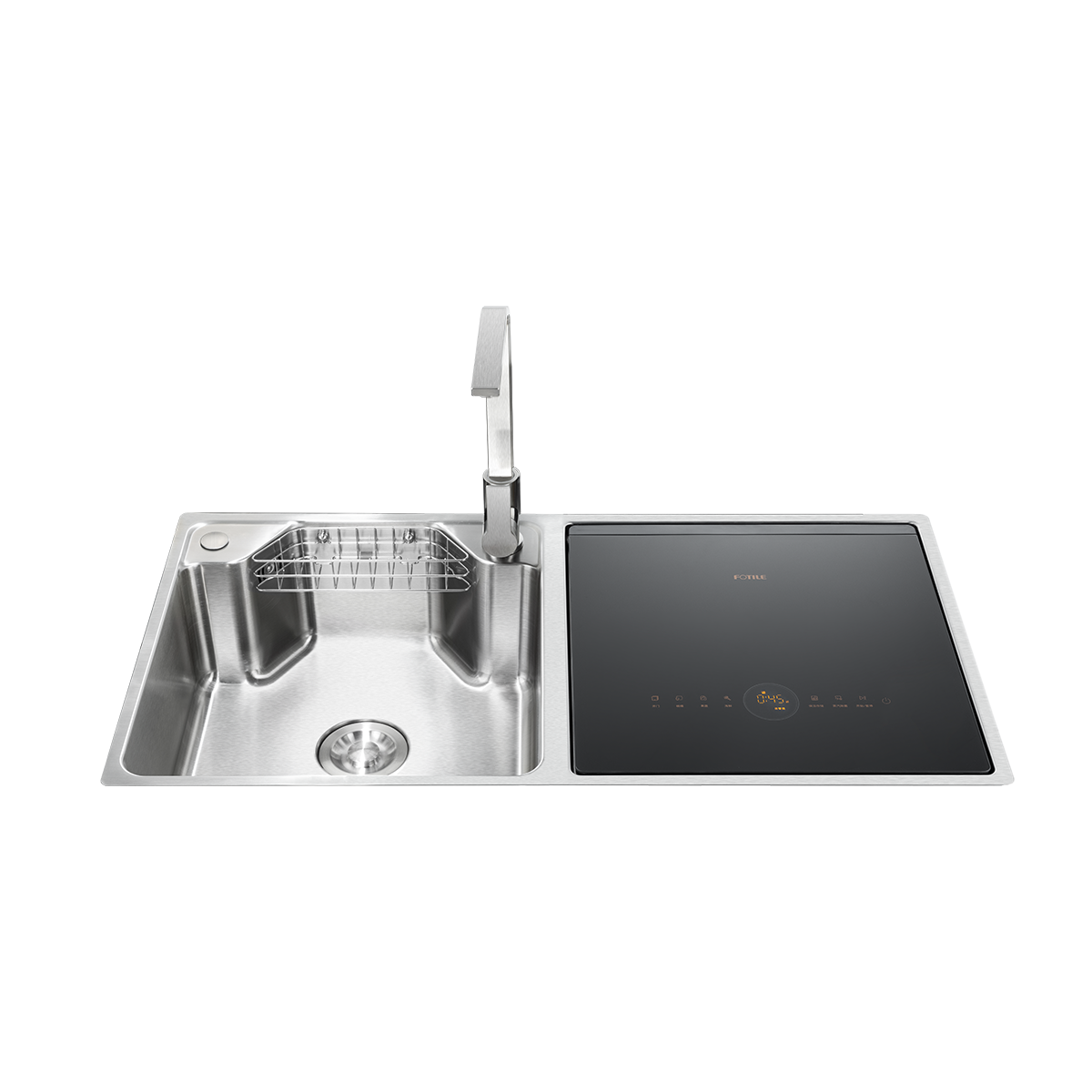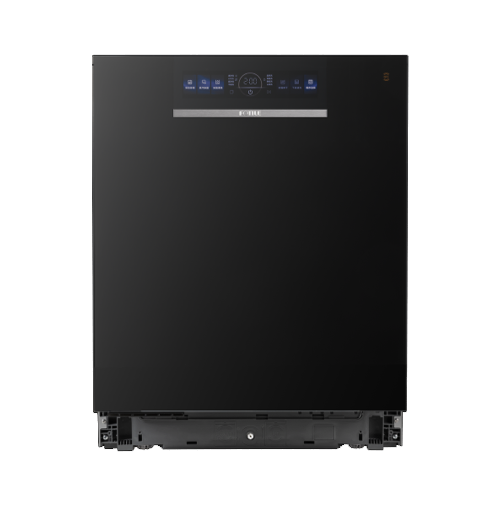FAQs
Fotile provides answers to common questions regarding the use of its various product series.
Steam Ovens
2. For stubborn stains, soak the backing tray first and then clean with a damp sponge. Do not use abrasive cleaners, sharp metal tools, as they will scratch the surface.
3. If you do not clean the grease for a long time and it’s difficult to remove, you can put a metal container with boiling water into the steam oven, turn on the steam oven and let the water steam soften the grease off and it will be easy to be removed.”
2. Open the oven door as little as possible during the cooking process to avoid prolonged cooking time.
3. Use insulated gloves, clips and other tools to prevent burns when removing the baking tray or rack during the baking process.”
(2) Sharp metal tools.
(3) Oven sprays.
(2) When using the oven for the first time, it is advisable to set the temperature to the maximum and remove the left and right wrapping from the oven, empty the oven, and keep it warm for more than half an hour, then open the oven door to ventilate.”
(2) The materials of kitchen cabinet (wood, adhesive) for oven installation must withstand temperature above 120℃;
(3) To maintain ventilation, the back gap of the kitchen cabinet should be greater than 45mm.”
Range Hoods
2. 1.5m or more from the middle of the hob.
2. Set aside 10A power socket.
(2) To avoid the bumping and to prevent dust and wood chips from falling into the range hood when installing the cabinet.
(3) To prevent the range hood from can’t being removed later.”
(1) When using the range hood, you need to ensure the air circulation in the kitchen. And after each meal, the surface of the range hood should be cleaned in time. The regular cleaning of the range hood can effectively avoid dripping oil and oil leakage.
(2) Do not use rough tools such as cleaning cloths, wire balls or hard brushes, but use soft cloths when cleaning.
(3) It is strictly forbidden to use strong acid and alkali cleaners. Neutral cleaning agents are effective and cleaning the grease filter once every three months is required.”
(2)You can use white oil to remove handprints from stainless steel.
(3)You can use a wet towel with a little gypsum powder (old powder) to remove the yellow mark. The gypsum powder is available in paint stores.”
Dishwashers
1. The food residues in the residue basket should be cleaned in time after each use;
2. It is recommended to claean the cavity regularly (clean the inside of machine regularly (1-2 times a week) with “standard washing” or “cavity cleaning” mode), and open the door to ensure ventilation.
1. TheResidue basket: Clean up the food residue in the residue basket in time after each use, otherwise it will affect the next cleaning effect and produce peculiar smell;
2. The Panel board and door glass: They can be cleaned with sponge cloth, dipped in hot water which with a small amount of cleaning agent. Then wipe them dry with soft cloth. To avoid scratching the surface, do not use cleaning cloth and metal filaments to clean;
3. The Spray Arm: Turn counterclockwise to remove the spray arm, take off the filter and clean it. Do not scratch the sink with a steel brush or rough brush. After cleaning, wipe dry the sink with a sponge or cleaning rag (to avoid interfering with the rotation of the spray arm, try not to have large residues (such as bones) in the dishes)
4. The Stainless steel sink: First add a small amount of neutral detergent in the sink. To prevent corrosion of the sink, do not use strong bleaching powder, household chemicals, etc., then clean it with clean water;
5. The gap at the joint of the door: it cannot be disassembled. It can be cleaned by sodium citrate (the descaling agent of the steam box) with cotton swabs;
6. If “floating rust”, “mildew” and other conditions appear on the sink, they can be cleaned with toothpaste. Apply the toothpaste to the rust and spots, wipe clean with dishcloth; Remember do not use scourer, polishing pieces or polishing materials to clean the sink;
7. During the cleaning of dishes, fruits and vegetables, it is forbidden to put dish soap and foam detergent;
Self-Cleaning of dishwasher:
1. For self-cleaning, first keep the in-sink dishwasher empty, then put the required amount of dishwashing powder, and select the standard washing mode key (some models have the “cavity cleaning” function key) to enter the “self-cleaning” mode. After about 30 minutes, the interior of the dishwasher is clean.
2. The dishwasher cleaning tablet can also be used to remove stubborn scale and oil stain, it will help to remove the peculiar smell of the sink, improve the washing effect and prolong the service life.
2. After washing the dishes, open the lid and dry them. Please keep a distance from the dishwasher to avoid being scalded by hot air; After 15 minutes of ventilation, open the door to keep the interior of the dishwasher dry and clean;
3. Do not place low carbon steel or cast iron cookers in the sink for a long time or leave steel balls, rubber dishwashing pieces, wet dishwashing sponges or other cleaning pads in the sink to avoid the formation of floating rust and mildew;
4. Try to avoid sharp and hard utensils such as knives, forks and cookware hitting the sink to prevent scratching or denting the surface of the sink;
5. When placing tableware, do not leave fragile items such as goblets in contact with other tableware
2. Some non-high temperature resistant disposable plastics can not be put into the dishwasher.”
1. There are water droplets or vapor at the bottom of the door or slot.
This is a normal situation, the drying is mainly for tableware, in order to achieve the best drying effect, we recommend that you open the door after the dishwasher screen is off and “”00″” is no longer displayed (“”00″” is displayed when the dishwasher is drying the tableware), to let the moisture evaporate naturally, keep the door and cavity dry.
2. If the tableware can’t be dried, select the most suitable cleaning mode:
1) Delicate and fast wash mode
In the delicate and fast wash mode, the last wash temperature is lower, so the residual heat drying or exhaust drying effect will not be as good as the intensive mode, it is recommended to use the intensive mode. 2) Normal or intensive mode
Dishwasher can dry most of the tableware; but for some heat dissipation fast material tableware, the drying effect will be poorer, such as: plastic, stainless steel, wood tableware. It’s mainly because these materials are fast heat dissipation, the evaporation of moisture on the surface of tableware is slow, so the drying effect is poorer than ceramic tableware.”
1. Espicially the frying pan and iron pan heated by open fire are not suitable. Because they have bottom ash and will produce carcinogens, which is not conducive to health; If the iron pan is washed in a dishwasher, it will be damaged and the service life will be shortened.
2. If you have to wash the pan with dishwasher, it is recommended to wash the pan and tableware separately, with the pan mouth facing down.( The bowl rack cannot be removed because it may block the work of the spray arm)”
2. It’s also no need to be worried if there is any residue. Just check and clean the residue in the residue basket.”
1. Press and hold the power button to start the dishwasher for the first time usage.
2. If the long press doesn’t work, unplug the power and plug again (the plug-in time difference is recommended to be half a minute), which is similar to the restart of the computer. After the successful restart, the screen will light up or make a drop sound.
3. If there is still no response, it is recommended that to replace a socket to try or check whether the power supply at home is normal.
4. If everything is normal, but there is still fault, it is recommended to ask a technician for door-to-door maintenance. It may be the problem of the power board or door assembly.”
Tableware is not clean after washing by coincidence:
1. Check if any foreign objects have fallen in (chopsticks, large residues, etc., they will get the spray arms stuck). Remove the foreign objects if you can, if not, remove the spray arm.
2. To confirm whether the spray arm is installed in place or not. If it is tilted and can be picked up directly, it needs reinstalled correctly.
3. To confirm whether the dishwasher is not cleaned for a long time or not (Such as the residue basket and the bottom of the function tank are not cleaned). If so, clean the residue basket, spray arm and use “”standard wash”” mode to clean the function tank regularly (once or twice a week).
The tableware can’t be cleaned after washing all the time:
1. Remove the residue before washing the dishes.
2. Correctly place the dishes (it is recommended to tilt the bowls with the mouth down and leave a gap between the bowls).
3. Add dishwashing powder.
4. It’s recommended to choose “”intensive”” mode to wash tableware (In addition to wine glasses).”
2)Avoid installing power socket in places that are damp or easily get wet, and it needs a separate wire diameter of 1.5 square (16AWG) or more and a 10A three-hole outlet, and must be grounded.
3)The installation position needs to be at a distance from heat sources such as ovens and hobs.
4)When installing the dishwasher, it should be kept more than 30cm away from the gas meter and the gas pipe.
5)Based on 800mm high cabinets, the height of the dishwasher downpipe from the floor is less than or equal to 300mm. Based on 900mm high cabinets, the height of the dishwasher downpipe from the floor is less than or equal to 400mm.
6)During installation, all drain pipes, power sockets and angle valves of cold and hot water pipes shall be kept away from the underneath of the dishwasher function sink as far as possible, it can be installed below the sink.”



